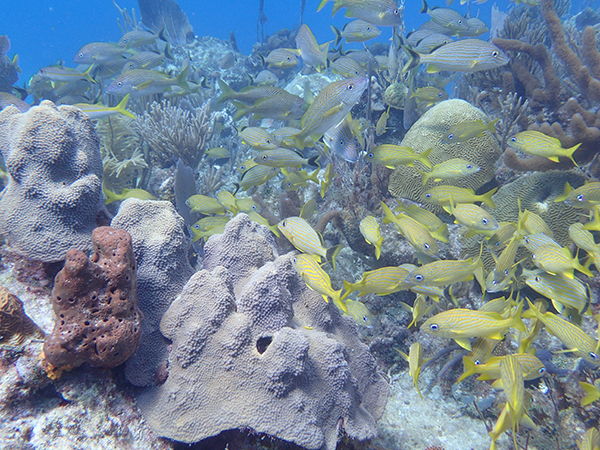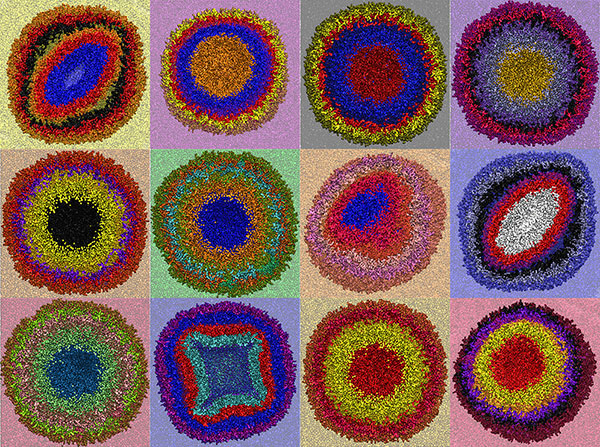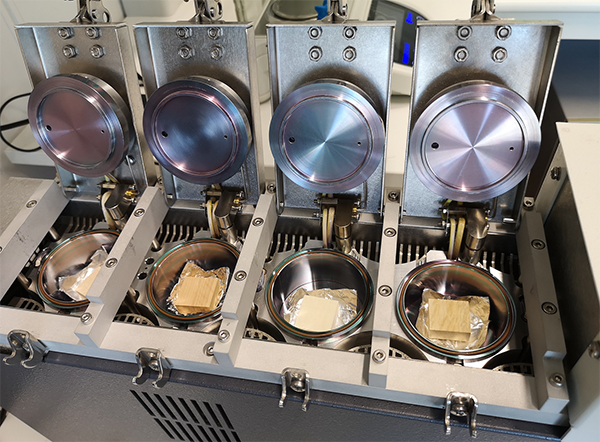FOR IMMEDIATE RELEASE
“Structure and Dynamics of Milk Proteins Interacting with Caffeine and Espresso Determined by Two-Dimensional Infrared Spectroscopy”
ACS Food Science & Technology
The swirl of milk and espresso — a small storm in your mug — doesn’t impact the dynamics of the milk proteins, according to research published in ACS Food Science & Technology. Researchers took a molecular view of how milk proteins and caffeine molecules interact in water and in a coffee drink. The results suggest that the structures of milk proteins remain intact, meaning they retain their original mouthfeel and taste in your morning brew.

Pouring milk into coffee causes the proteins to interact (e.g., combine or repel) with compounds extracted from the roasted, ground coffee beans, and that could change the proteins’ mouthfeel and the way they are digested. Milk proteins could also potentially affect the absorption, or bioavailability, of caffeine by the human body. To shed light on these mysteries, Tobias Weidner and Fani Madzharova used 2D infrared spectroscopy to investigate milk proteins’ molecular structures and dynamics when in a coffee beverage. They assessed increasingly complex mixtures of a store-bought whole fat (3.5%) milk, water solutions with milk and caffeine, and then a handmade cappuccino.
They found that the folding of milk proteins was unaltered by the presence of caffeine in these beverages, even in the cappuccino, which contained components extracted from the coffee grounds, such as chlorogenic acid. Additionally, while previous studies have reported that caffeine slows the molecular movement of water, this study didn’t show substantial effects from caffeine on the mobility or dynamics of milk proteins. These experimental results provide a useful molecular picture about some components that affect the texture, flavor and nutritional properties of coffee beverages with milk ingredients, which the researchers say could be applied toward engineering future drinks.
The authors acknowledge funding from the Novo Nordisk Foundation, the Danish National Research Foundation through the Center of Excellence for Chemistry of Clouds, and the European Union’s Horizon 2020 Research and Innovation Programme under the Marie Skłodowska−Curie Grant.
###
The American Chemical Society (ACS) is a nonprofit organization chartered by the U.S. Congress. ACS’ mission is to advance the broader chemistry enterprise and its practitioners for the benefit of Earth and all its people. The Society is a global leader in promoting excellence in science education and providing access to chemistry-related information and research through its multiple research solutions, peer-reviewed journals, scientific conferences, eBooks and weekly news periodical Chemical & Engineering News. ACS journals are among the most cited, most trusted and most read within the scientific literature; however, ACS itself does not conduct chemical research. As a leader in scientific information solutions, its CAS division partners with global innovators to accelerate breakthroughs by curating, connecting and analyzing the world’s scientific knowledge. ACS’ main offices are in Washington, D.C., and Columbus, Ohio.
To automatically receive press releases from the American Chemical Society, contact newsroom@acs.org.
Note: ACS does not conduct research, but publishes and publicizes peer-reviewed scientific studies.







